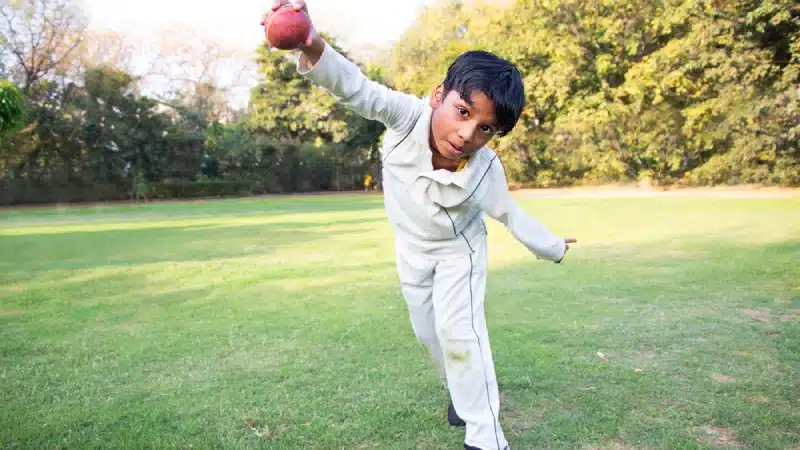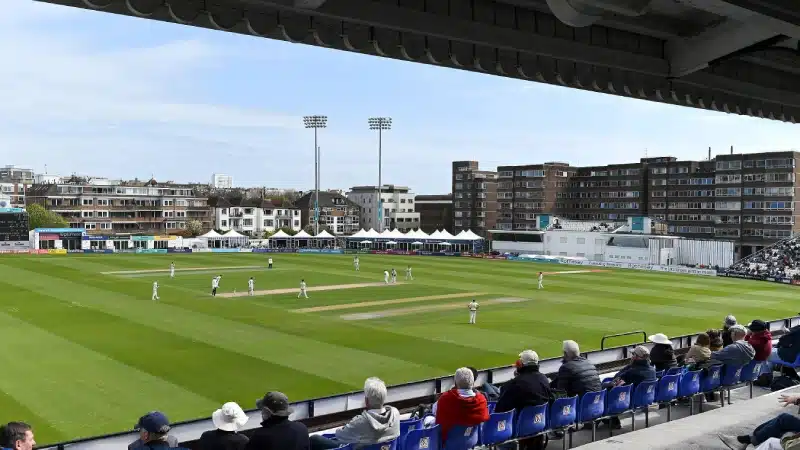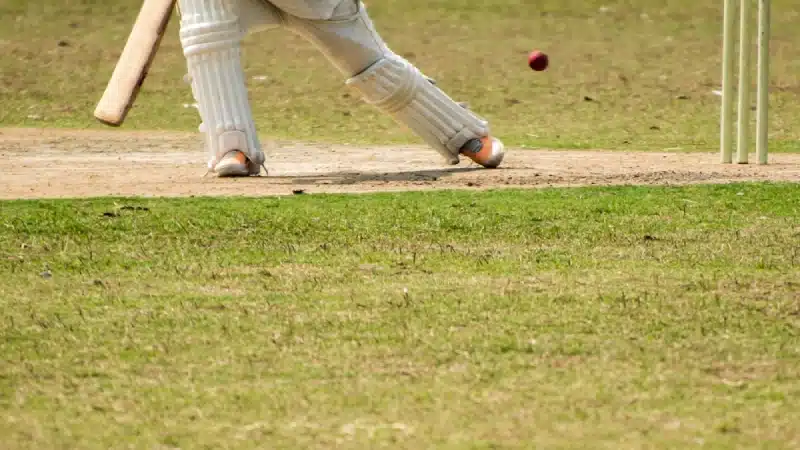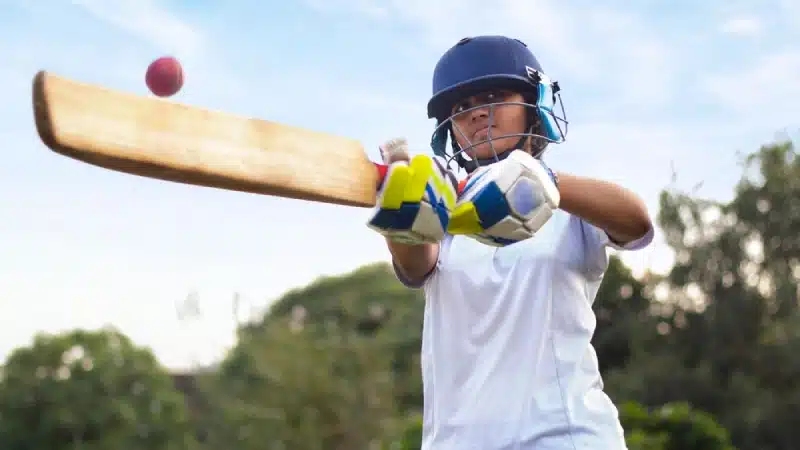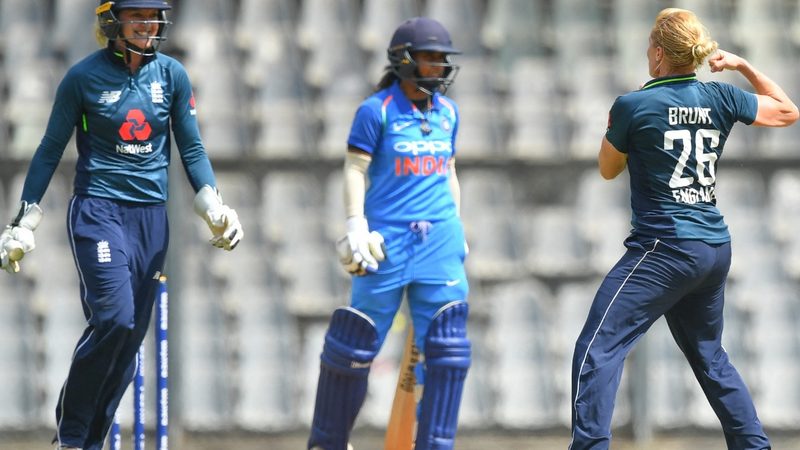
The India women’s cricket team’s first ODI against England in Bristol ended in a humiliating eight-wicket defeat as the hosts reached the target of 202 runs inside just 35 overs. After being reduced to 84/4, Mithali Raj’s team did well to post 200-plus but it was never enough on a good batting strip.
Posting a challenging total while batting first has been a problem area for the Indian team as they tend to play out too many dot balls.
Struggle to set a target
It was the 14th time in 17 ODIs since the 2017 Women’s World Cup that the Indian team had failed to go past 250 while batting first. England have done it eight times in 19 matches, while Australia have posted 250 or more an incredible 12 times in 15 games.
India have won only six of these 17 games while batting first, which puts the team in the sixth position out of nine teams.
Record since 2017 Women’s World Cup (batting first)
|
Team |
Matches |
Won |
Lost |
W/L ratio |
|
Australia |
15 |
15 |
0 |
- |
|
South Africa |
15 |
8 |
5 |
1.60 |
|
England |
19 |
10 |
9 |
1.11 |
|
Pakistan |
11 |
5 |
5 |
1.00 |
|
West Indies |
8 |
4 |
4 |
1.00 |
|
India |
17 |
6 |
11 |
0.55 |
|
New Zealand |
18 |
6 |
12 |
0.50 |
|
Bangladesh |
3 |
0 |
3 |
0 |
|
Sri Lanka |
7 |
0 |
7 |
0 |
Top and middle-order woes
The leading teams in women’s cricket are way ahead of the Indian side when it comes to both batting average and strike rate. The issue starts with the top order and persists with the middle order as well, which means that not only are India unable to start well, they are also unable to make up later on.
Top-order (Nos 1-3) performance
(Since 2017 Women’s World Cup, batting first)
|
Team |
Matches |
Average |
Strike-rate |
|
Australia |
15 |
52.22 |
90.25 |
|
New Zealand |
18 |
41.98 |
90.04 |
|
England |
19 |
41.08 |
82.56 |
|
South Africa |
15 |
29.71 |
67.32 |
|
India |
17 |
30.61 |
66.69 |
|
Pakistan |
11 |
29.31 |
63.67 |
|
West Indies |
8 |
32.45 |
62.17 |
|
Sri Lanka |
7 |
20.52 |
50.76 |
|
Bangladesh |
3 |
7.66 |
40.35 |
Middle-order (Nos 4-7) performance
(Since 2017 Women’s World Cup, batting first)
|
Team |
Matches |
Average |
Strike-rate |
|
Australia |
15 |
32.08 |
94.93 |
|
England |
19 |
28.34 |
86.29 |
|
South Africa |
15 |
27.43 |
82.45 |
|
New Zealand |
18 |
23.17 |
75.35 |
|
West Indies |
8 |
23.96 |
72.45 |
|
India |
17 |
26.94 |
66.65 |
|
Pakistan |
11 |
20.39 |
65.62 |
|
Sri Lanka |
7 |
14.40 |
47.32 |
|
Bangladesh |
3 |
16.60 |
42.67 |
Slow and slower
Of the 40 batters who have scored at least 200 ODI runs while batting first since the previous World Cup, Punam Raut, Mithali Raj and Deepti Sharma have the second, third and fourth-worst strike rates.
Basically, India have too many batters playing an anchor role in the middle order and the sedate top-order has only compounded the problem.
Hopefully, teenage opener Shafali Verma’s recent inclusion in the ODI set-up will improve the situation in time for the 2022 Women’s World Cup. India could also consider replacing Punam Raut (ODI career S/R 58.26) with someone such as Jemimah Rodrigues (S/R 71.13).
Worst strike-rates (Min. 200 runs)
(Since 2017 Women’s World Cup, batting first)
|
Player |
Team |
Matches |
Strike-rate |
|
Chamari Athapaththu |
Sri Lanka |
7 |
58.98 |
|
Punam Raut |
India |
12 |
61.66 |
|
Mithali Raj |
India |
16 |
61.88 |
|
Deepti Sharma |
India |
16 |
63.74 |
|
Sune Luus |
South Africa |
13 |
65.45 |
Dearth of finishers
ODI and Test captain Raj said after the Bristol ODI that India do not have finishers in the domestic circuit to choose from. “Unfortunately, in our domestic competitions, most of the batters who get an opportunity are top-order and they go on to score heavily,” she explained.
"So when it comes to finishers or lower-middle order or No 6 or 7, we clearly don't have players for that particular slot who have scored runs on the domestic circuit.
"Unfortunately, we don't have anybody in that role right now but, yes, we'll have to groom somebody who shows potential in that area. We are looking into that area. We have a few players in mind and (will) groom somebody."
Featured Image: AFP/ Indranil Mukherjee












